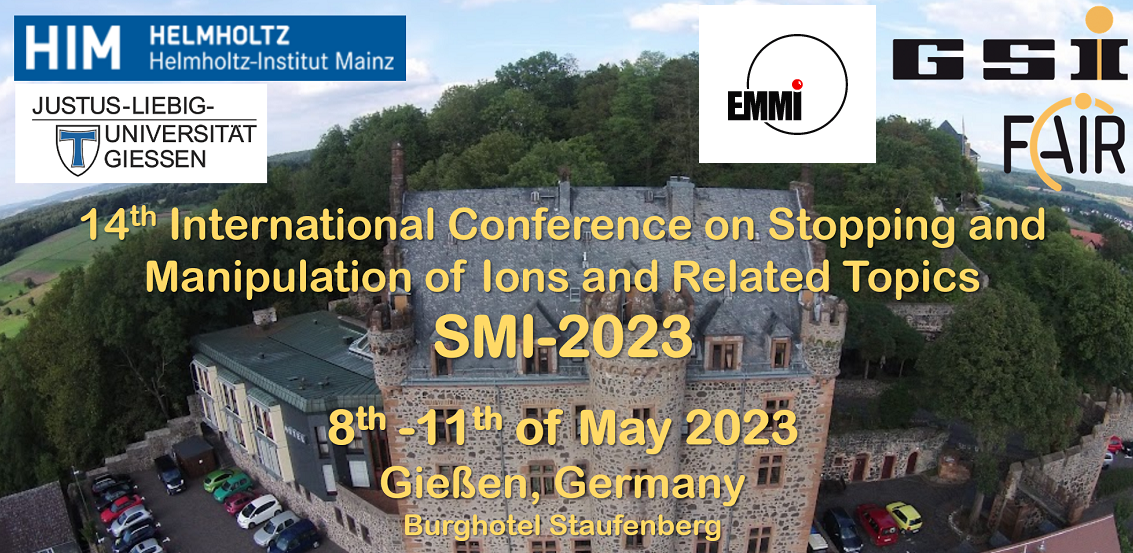Sprecher
Beschreibung
The Isotope Separator On-Line (ISOL) facility at Japan Atomic Energy Agency (JAEA) is utilized for precision experiments on short-lived radioactive isotopes (RI) using ion trap techniques. This has the potential to facilitate new research areas in nuclear physics and chemistry, including mass measurements of neutron-rich transactinide nuclei and in-trap gas-phase ion chemistry of superheavy elements. To conduct such experiments, efficient and rapid production of low-energy RI beams with energies in the electron-volt range is required.
To achieve this, we have developed a windowless gas cell cooler and buncher (GCCB) that is capable of passing 30-keV ion beams from ISOL into a 100-Pa helium gas cell through an entrance hole without a thin window and decelerating and thermalizing ions purely through gas collisions with helium atoms, without any electrostatic deceleration [1]. The thermalized ions are then extracted by means of radiofrequency (RF) ion guide techniques, RF carpet and sextupole ion guide, and mass separated by a quadrupole mass separator. To investigate the gas cell performance and the characteristics of the extraction charge state, we used both stable and RI beams with a wide range of elements from Rubidium ($Z = 37$) to Actinium ($Z = 89$). We found that their extraction charge states were distributed up to 3+ and showed a strong dependence on their atomic structure. Our results allowed us to calculate the charge-changing cross-section at low energies [2] and could help predict the charge state distribution for extracted ion beams of desired elements, such as superheavy elements with production rates of less than one particle per hour.
In this talk, we will present the details of the GCCB apparatus and experimental results, along with the prospects of future experiments.
[1] Y. Ito et al., JPS Conf. Proc. 6 (2015) 030112, Ion preparation systems for low-energy experiments at SLOWRI.
[2] I.Yu. Tolstikhina, Y. Ito, V.P. Shevelko, Nucl. Instrum. Meth. B 532 (2022) 27, Prediction of charge-changing cross sections of low-charged $^{88}$Sr, $^{138}$Ba and $^{142}$Nd ions in a He-gas target at collision energies 50 eV/u-10 GeV/u.

